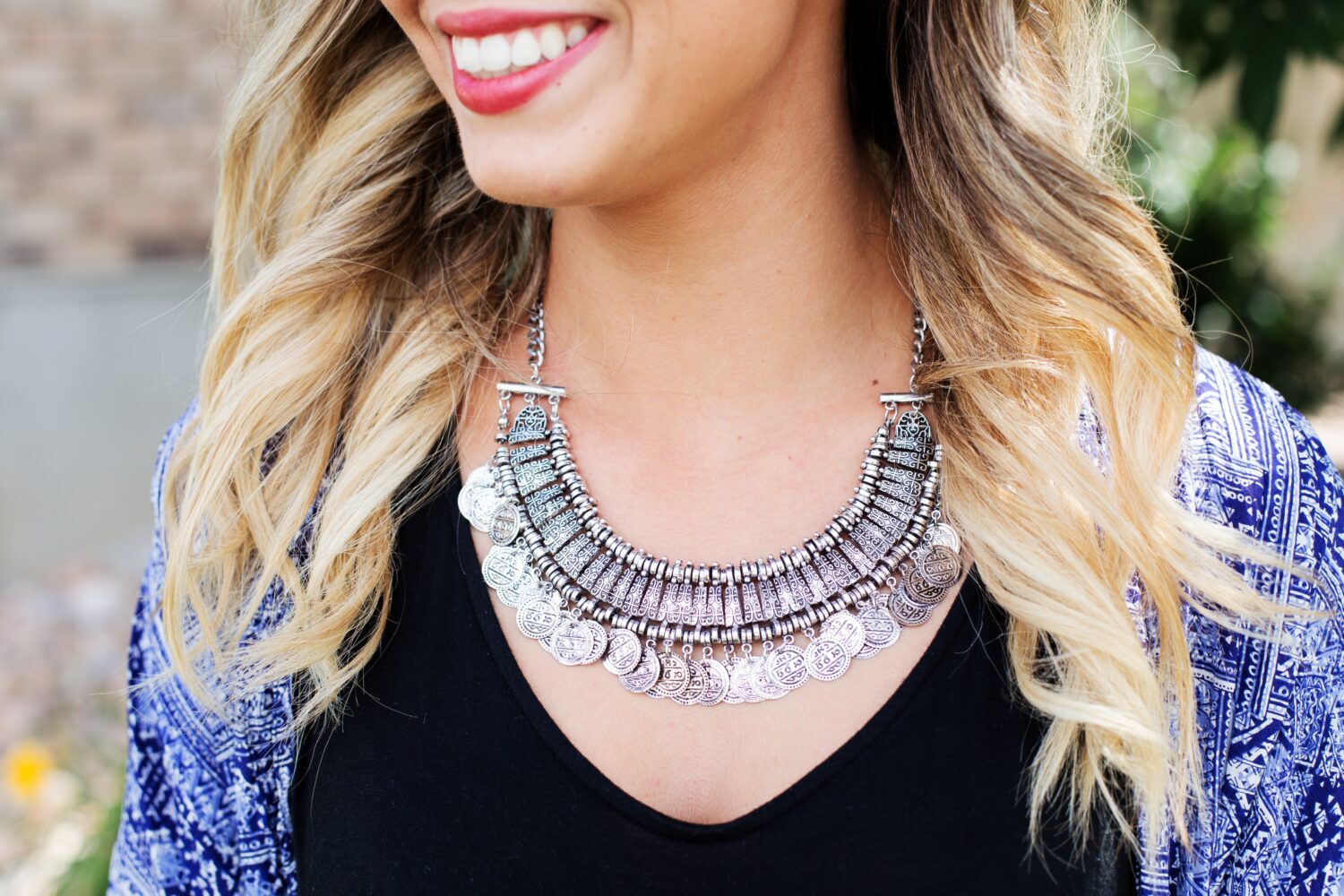Ostania aktualizacja 6 March 2023
Will a jewelry store make a profit if it sells handicrafts created in the homes of people who are just starting their adventure with jewelry products? You have to remember that these people put a lot of heart into their work, but the effect is not always what we would expect. We naturally decide on products that have been created in more professional conditions. And this is the first mistake, because handicrafts are a great way to get dedicated customers.
A jewelry store can benefit a lot from home-made products. Why? Because first, it’s difficult to make a second, identical pair. Usually one product differs from the other in details. Of course, there are people who do identical things in bulk, but this is rare. They usually experiment with interesting things. If we tell our clients that there is no other such thing in the world, we can be sure that we will arouse his interest.
- https://www.sztamka.pl/jak-powstaje-sitodruk/
- https://www.artykuly24.wroclaw.pl/co-nalezy-wiedziec-o-kuponach-promocyjnych/
- https://www.jsf.edu.pl/wypozyczalnia-samochodow-to-warto-wiedziec/
Nowadays, virtually anyone can make jewelry. However, he must have some manual skills to do this, otherwise he will fail. It is not a problem to buy precious stones, silver or gold chains and pendants. In this way, customers can get something special a little cheaper than usual – where they pay for the brand, they have to spend more money. However, there are those who in a slightly less expensive way would like to wear these emeralds, they are rubies.
The basic rule that a jewelry store can use in this situation is the rule of unavailability. Robert Cialdini described her in his “Influencing People”. This rule more or less indicates that people have a strong desire for items that are essentially limited. Inevitably, a single specimen of handmade jewelry meets this rule perfectly. Note how often we are enticed by offers such as “only a few copies left”. This explains, for example, the craze of all discounts, based on the potential unavailability of the product. Here we can guarantee the customer the absolute uniqueness of the created thing. Let’s not forget to mention the details of the process itself – in this way we will make a good impression and convince the buyer that we know what we are doing.
Another great advantage of handmade jewelry is that it’s relatively easy to fix or replace it. If the customer accidentally damages it, we can easily replace the missing part with another one. This will inspire trust – if we offered another product, even if overpriced, we would be out of money for a pimp. No self-respecting seller wants to have that opinion.
A jewelry store can, however, gain a lot by offering handmade jewelry. Not only does it then have a comprehensive badge, but above all supports small business. By selling human labor products, we support their activities and make them feel appreciated. Who knows if a teenager making earrings at home will never be a successful jeweler who will start working in our factory. Maybe even inherit it and make it one day be popular like many well-known brands!
Beautiful creations are often made in the home’s home. Let’s remember that jewelry made with the work of our own hands is created with devotion. If we run a jewelry store, we realize how much effort it costs to create a beautiful item.
Speaking of marketing, whispering is best. Let’s assume this situation: the client comes out with new, silver earrings created by a beginner jeweler. Friends look at her with envy, ask where she bought them, and she indicates our store. Well done, we’ve broken the bank – people will be drawn to us in crowds.
Hand-made jewelry can also be boasted through social media. Let’s assume that we have a Facebook fan page. Showing our followers what was created for their needs will gain us many potential customers. It will also be an opportunity for us to engage in a discussion about the great advantages of creating homemade jewelry. We can explain to fans how great benefits they can get from having unique and unique trimmings.








